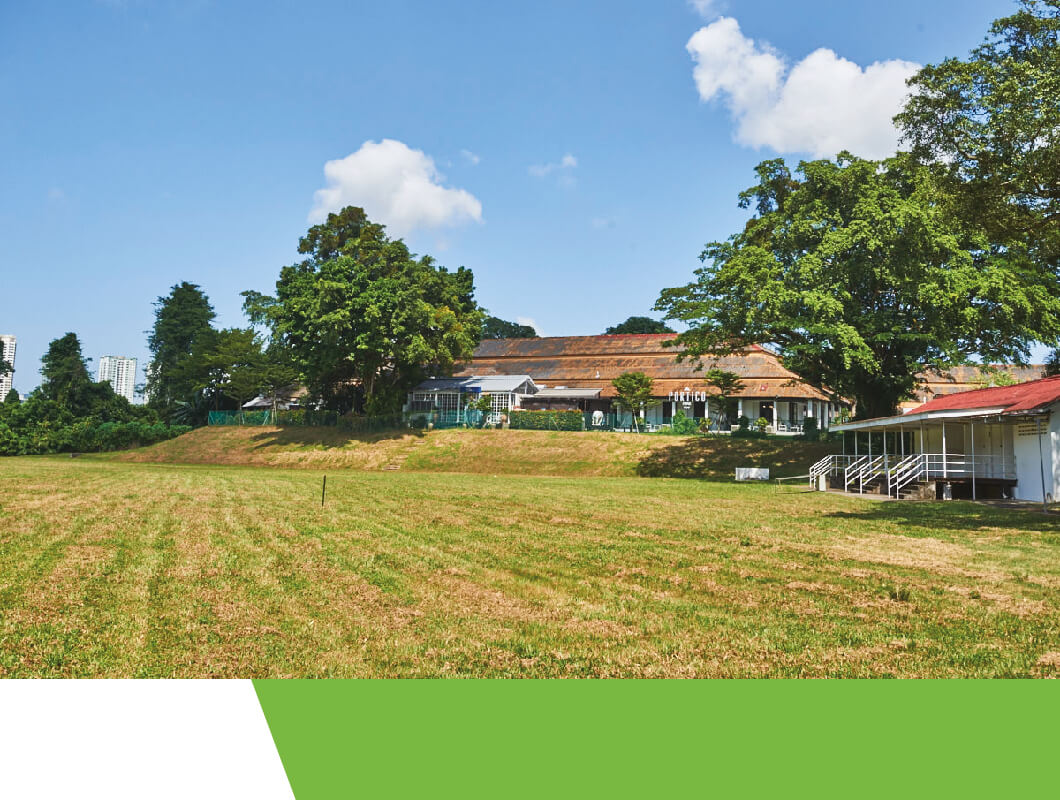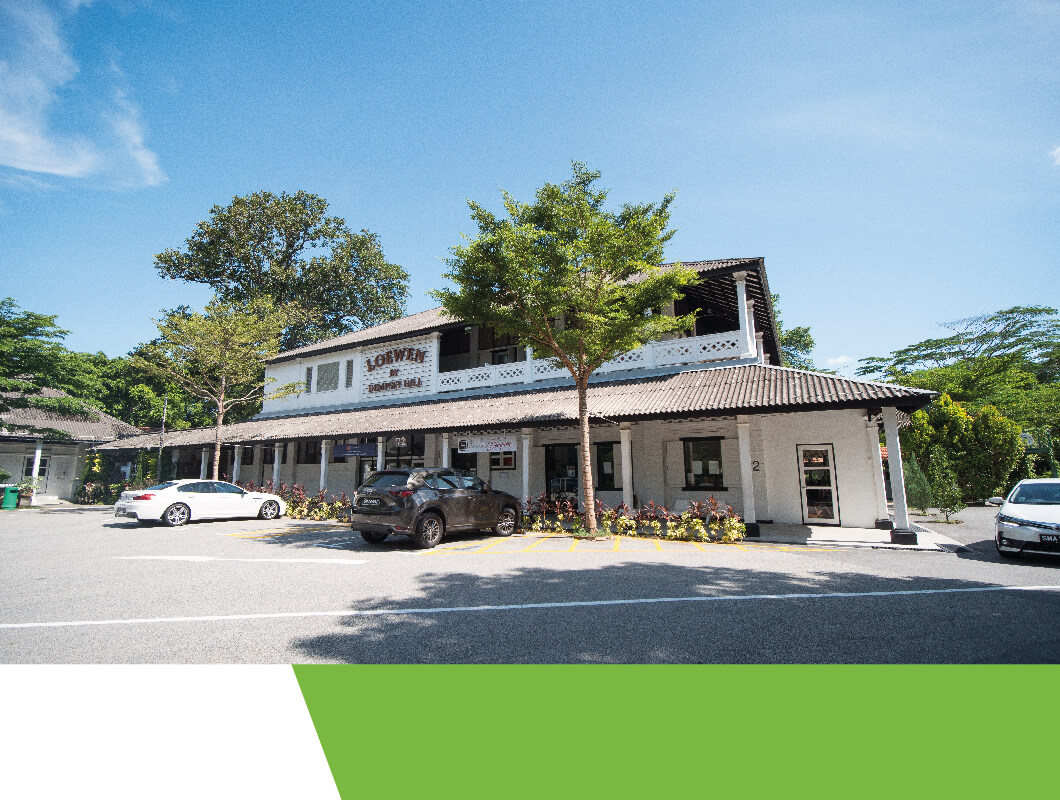The area known as Dempsey Hill, located near attractions such as the Orchard Road shopping belt and the Singapore Botanic Gardens, is a cosy retail and lifestyle enclave in central Singapore. Surrounded by lush greenery and populated by a diverse range of tenants housed in colonial-era buildings, the place has developed a distinct character over the years.
Formerly known as Tanglin Village, the area has quite a history. It occupies a large part of the former military camp known as Tanglin Barracks, which was spread across a wide expanse of land used to cultivate nutmeg. Its story as a military camp began when the grounds were purchased by the government of the Straits Settlement in 1860.
While the tiled or zinc sheet roof structures that define Dempsey Hill today lend it a distinctive look, these are modern replacements of the attap roofs and timber walls of the first barrack blocks in the area, which were considered some of the first purpose-built accommodations in Singapore for European troops.

The large open fields in the area were playing fields that were central to a British soldier’s life in the tropics, and incudes a cricket field first established around 1871 by soldiers of the 75th Stirlingshire Regiment of Foot.
The area off Loewen Road is a particularly interesting corner of Dempsey Hill, as it housed the Tanglin Military Hospital, the British military’s foremost medical facility until the opening of Alexandra Military Hospital in the mid-1940s. A particularly unusual piece of history revolves around one Dr William Frankland, now known as the “grandfather of allergy” for his pioneering work in the field, who found himself posted there. Dr Frankland and another newly arrived colleague, Captain R. L. Parkinson, had vied for the Tanglin position when it came up in 1941 with the Royal Army Medical Corps. The alternative was a less-attractive posting to Alexandra Hospital as an anaesthetist. A coin toss both broke the impasse and sealed the fate of Captain Parkinson – he was posted to Alexandra Hospital, where he tragically lost his life during the Japanese massacre on 14 February 1942.

During the post-war years, Tanglin Barracks served as the headquarters of the Far East Land Forces and the former Army Medical Centre. The Ministry of Defence (MINDEF) then occupied the premises in 1972, following the withdrawal of British forces from Singapore the year before – there might even be some who remember that their National Service began at the part of the barracks that housed MINDEF’s Central Manpower Base. Many oaths of allegiance were taken and tearful send-offs witnessed, until the ministry eventually vacated the premises in 1989.
In 2006, the Singapore Land Authority (SLA) decided that it was time to breathe new life into Tanglin Village. A tender was launched and eventually awarded to Country City Investment (CCI), who began the transformation process by bringing in 17 restaurants to the former barracks. CCI has since gone on to win several tenders for other sections of the site.

Blocks 17 and 18, the buildings that fronted the former MINDEF’s Central Manpower Base, are now home to the COMO Lifestyle cluster, which has under its belt a handful of established restaurants. These include the Michelin-star awarded Peranakan restaurant Candlenut, as well as a retail concept store and upscale market. With the addition of Blocks 15 and 16 Dempsey Road, the expansion of the COMO Dempsey Cluster will give COMO Lifestyle greater scope to expand the successful COMO Dempsey concept to include more differentiated offerings to consumers. To build on the rustic charm and character of Tanglin Village as an F&B and lifestyle destination, iconic and home-grown dining establishments synonymous with Dempsey including Samy’s Curry, RedDot Brewhouse, Long Beach Seafood and Morsels are now anchor tenants as well, located at Blocks 25 and 25A Dempsey Road.
The COMO brand, as well as the four iconic tenants, have helped to establish Dempsey Hill as a prime wining and dining destination in Singapore, but the work doesn’t stop there. Dempsey Hill has a rich heritage and history, and SLA is always looking for ways to develop the treasured enclave for the future.



